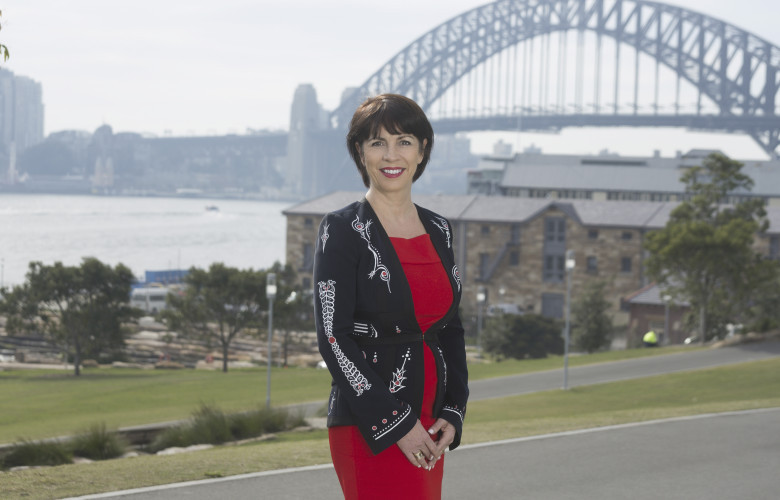REIA real estate market facts show vacancies on the rise
Contact
REIA real estate market facts show vacancies on the rise
Vacancy rates in all capital cities except Melbourne increased over the June 2023 quarter, the latest Real Estate Institute of Australia (REIA) Real Estate Market Facts (REMF) Report has found.
Vacancy rates in all capital cities except Melbourne increased over the June 2023 quarter, the latest Real Estate Institute of Australia (REIA) Real Estate Market Facts (REMF) Report has found.
REIA Deputy President, Leanne Pilkington said Darwin returned to a 3% vacancy rate over the quarter, the only city in Australia to attain this benchmark, with an increase of 0.9 percentage points.
“Vacancy rates in Canberra increased to 2.0%, Hobart to 1.8%, Sydney to 1.5%, Brisbane to 1.0% and Perth to 0.8%. Adelaide recorded the lowest vacancy rate in Australia at 0.6%. Bucking the trend was Melbourne, with vacancy rates decreasing to 2.1%.
“The weighted average median rent for 3-bedroom houses in the eight capital cities increased to $553 per week, a quarterly increase of 3.2% but an increase of 9.9% in the past year.”
Ms. Pilkington said rents continue to rise driven by high demand, hot competition and lack of supply.
“The weighted average median rent for 2-bedroom other dwellings increased to $563 per week, a quarterly increase of 3.6% and an annual increase of 18.7%. The median rent increased in Sydney, Melbourne, Brisbane, Adelaide and Perth but decreased in Canberra, Hobart and Darwin.
“The median rent for 3-bedroom houses also increased in Sydney, Melbourne, Brisbane, Perth and Darwin, remained stable in Adelaide, but decreased in Canberra and Hobart. Perth had the highest quarterly increase of 6.8%.”
The REIA REMF also reports key investment metrics for family investors which varied significantly from market to market but overall reflected stronger results in the unit market.
“Annual yields for 3-bedroom houses across Australia sat at Sydney (1.8%), Melbourne (2.1%), Brisbane (2.7%), Adelaide (3.0%), Perth (4.0%), Canberra (2.7%), Hobart (3.0%) and Darwin (4.5%).
“Annual yields for 2-bedroom other dwellings across Australia were significantly stronger at Sydney (3.8%), Melbourne (3.5%), Brisbane (4.0%), Adelaide (3.5%), Perth (5.3%), Canberra (4.0%) Hobart (3.4%) and Darwin (5.0%).”
Ms. Pilkington said home sales in cities continued to be strong despite challenging lending and economic conditions.
“The median house price for the eight capital cities increased to $977,236 over the quarter but declined 3.4% over the year.
“The median house price increased in Sydney, Brisbane, Adelaide, Perth, Hobart and Darwin, but declined in Melbourne and Canberra. Increases ranged from 5.3% in Sydney to $1,538,017 to 0.9% in Darwin to $565,000.
Regions also continue to experience their own unique challenges and run their own race for both home sales and rents.
“Mixed results were experienced across all accommodation types across regional Australia.
“Notable movements across home sales over the past year include Broome (+7%), Geelong (-7.5%), Launceston (-3.6%), Port Lincoln (+16.3%), Cairns (+3.3%) and Wollongong (-8.3%). Other dwellings in Alice Springs recorded +9% growth in the past year.
“In terms of rents, strong rental price growth was experienced in Newcastle with 2-bedroom homes up 8% while in Wollongong 2-bedroom house rents were up 10%.
“Alice Springs rents increased 5.5% for 3-bedroom houses, Townsville 2-bedroom houses 2.6%, and South Australian region capitals of Mt Gambier increasing a significant 51% and Port Lincoln 21.2% for 3-bedroom houses. Broome rents for a three bedroom home increased 28.2% in the past year,” she said.
Ms. Pilkington said it was more important than ever to get housing policy settings right with continued strong growth across the housing market.
“National Cabinet has rejected rent freezes and controls; inflation had returned to the RBA’s target band with the cash rate on hold; and the Housing Australia Future Fund is set to pass Parliament.
“A return to a more moderate economic and political outlook will ease pressures on our housing system, which we hope to see bear out in future quarters.”





